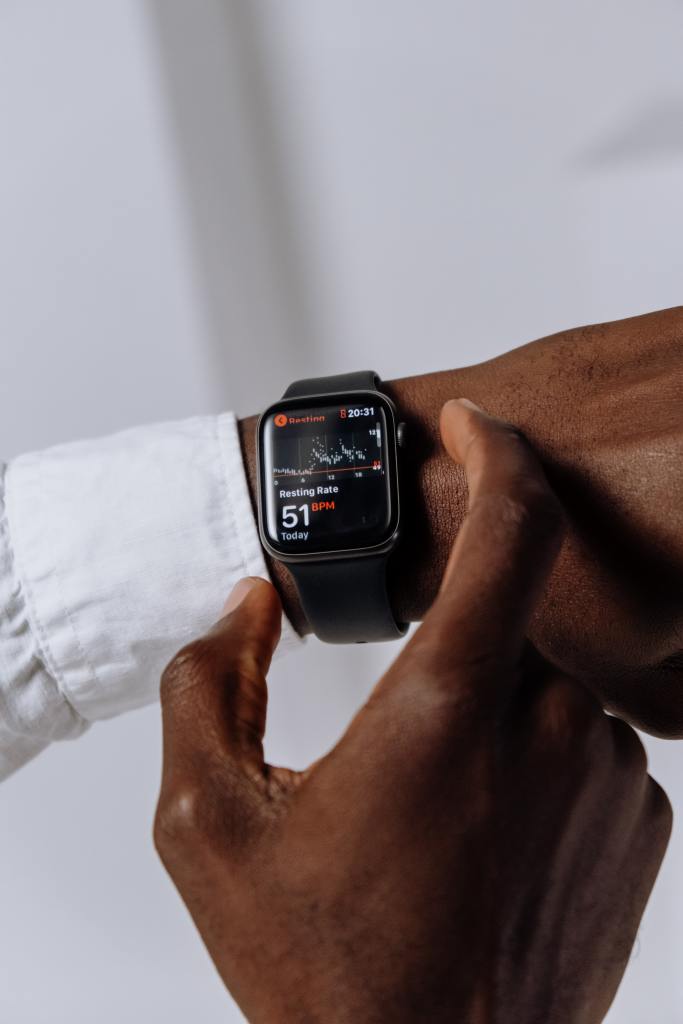
For over two decades, Stanford University professor Sanjiv M. Narayan, M.D., PhD, has specialized in embracing technology developments that seek to improve cardiology. Before his current assignment, he worked in various institutions across San Diego. Performing his responsibilities as the director of Stanford’s atrial fibrillation program, Dr. Sanjiv Narayan is interested in how artificial intelligence impacts cardiology.
Artificial intelligence (AI) includes using computational algorithms to simplify processes and solve challenges associated with cardiology. With the need for improved care, the latest medical advances are becoming more relevant in helping cardiologists make the best clinical decisions. Cardiology has been at the forefront of the AI revolution, where various technologies such as computer-aided diagnosis have been introduced to boost the accurate prediction of cardiovascular disease (CVD) and determine treatment approaches for patients with heart failure.
In addition, AI aids in proper cardiovascular imaging, enhancing non-invasive diagnosis thanks to evidence-based data. By facilitating daily decision-making and eliminating the need to perform complex cardio surgery, AI has allowed cardiologists to boost their work productivity. Finally, AI utilizes electronic patient records, which substantially improves care for patients in distant locations.








